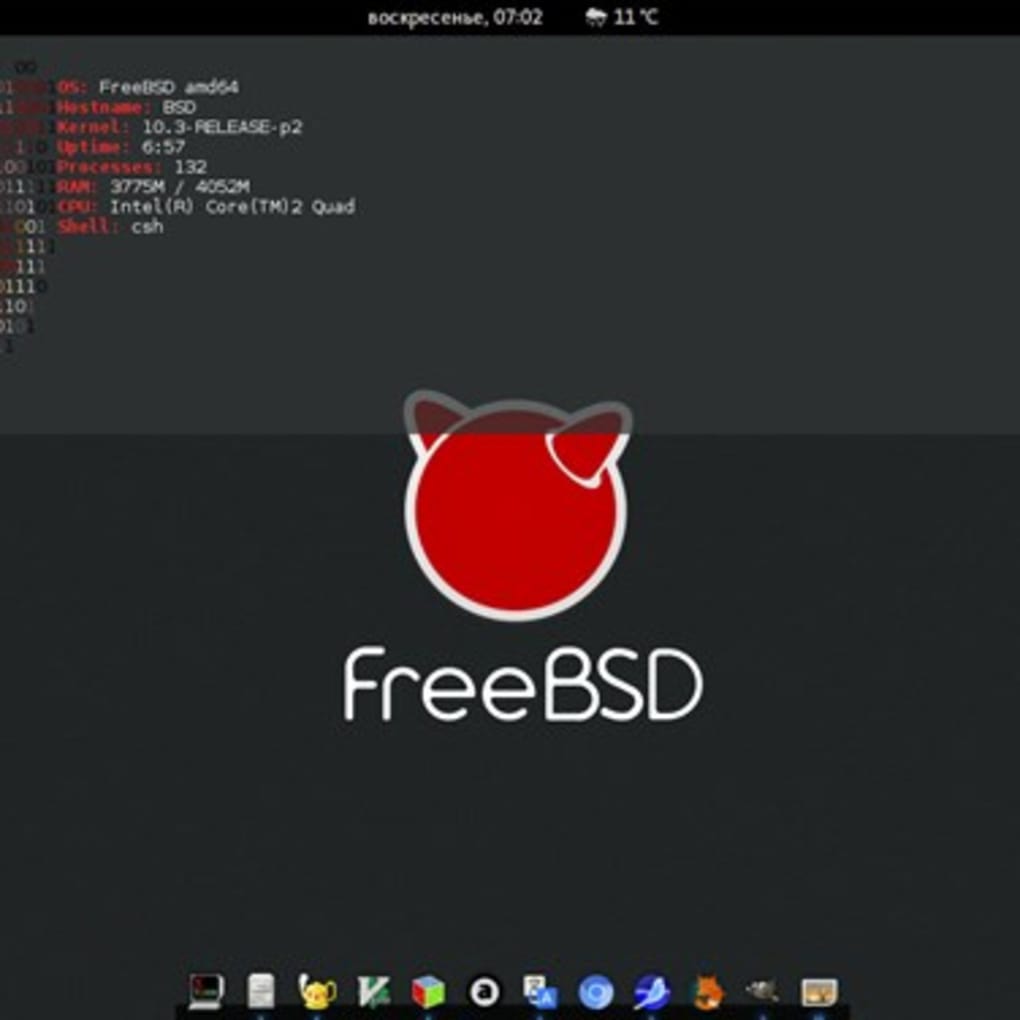
If that doesn't exist, it looks for a system-wide config file, typically /usr/local/etc/xpdfrc (but this location can be changed when pdfinfo is built). It first tries to find the user's private config file, /.xpdfrc. It is therefore helpful if you create a folder for this type of data in your Home directory. Pdfinfo reads a configuration file at startup. Please note, however, that all users can access this directory and that the data is deleted automatically, periodically and without warning. About the author: Vivek Gite is the founder of nixCraft, the oldest. You can specify a different file type by changing the file extension of the second file, type: convert foo.pdf foo.jpg.
#PDFINFO FREEBSD PDF#
etc if you have multiple pages in a pdf file): convert foo.pdf foo.png. You might also want to check out pdftk, which provides some useful tools for manipulating.

It will print out the number of pages in the file, among other data. These temporary files may be stored under /tmp/ Type the following command to convert foo.pdf to foo.png (foo1.png, foo2.png. Rep: The xpdf utilities package (called xpdf-utils in debian) includes an application called pdfinfo. Websites must sometimes create temporary data such as for PHP session handling. The separate article on locales provides more information on this topic. The locales available on your server are saved under /usr/share/locale/ In addition to your own Home directory, the file system on your server contains other locations that may be of interest to you. Please do not make changes to these directories as this may damage your account! ~/.htpasswds/ Your Control Panel saves the usernames and passwords you have selected in the Control Panel to protect access to your website. Many FTP programs do not even show these at all.

All of these begin with a period and are treated as “hidden”. ~/Your Home directory contains other administrative directories as well. The default and following directories are found here: ~/public_html/ The «public_html» folder is the document root for your domains if they were created before September 2007. In UNIX lingo, this is referred to as «home» and can be abbreviated with a tilde «~». Your Home directory, which contains all your website data is located at: /home/username/
#PDFINFO FREEBSD INSTALL#
Take this into consideration when using instructions or scripts from external sources or the Internet. I installed pdfinfo with Homebrew Cask: brew cask install pdfinfo.
#PDFINFO FREEBSD HOW TO#
The FreeBSD operating system stores most applications in /usr/local/bin/ instead of /usr/bin/, which is commonly used in the UNIX world. How to install file on a Debian or Ubuntu Linux Run the following apt command / apt-get command: sudo apt update & sudo apt upgrade sudo apt install file Now error bash: file: command not must disappear from your system. Apache Handler, MIME Types and Error Documents.This article provides an overview of the main system parameters, such as paths to frequently used programs. Want to link to this manual page /man/querypdftohtml&sektion1&manpathFreeBSD+9.3-stable home page man pages manpagesBSDforge. If that doesn’t exist, it looks for a system-wide config file, typically /etc/xpdfrc (but this location can be changed when pdfinfo is built). It first tries to find the user’s private config file, /.xpdfrc. We have UNIX web servers running the FreeBSD operating system. Pdfinfo reads a configuration file at startup.


 0 kommentar(er)
0 kommentar(er)
